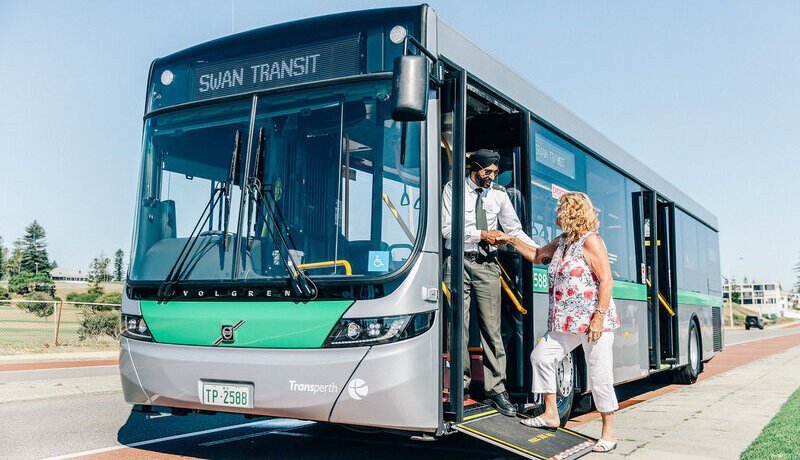The Challenge of The Road Warriors
The “road warriors” – sales and professional executives driving corporate vehicles – and the companies they work for, have unique vehicle cost challenges. Driving the company vehicle is part of the road warrior job function and the vehicle is also a personal use employment perk. Employee recruitment is in part due to the vehicle configuration and use policies. This creates a challenge for the employer focused on reducing crashes and negligent entrustment exposure and increasing environmental responsibility. Balancing the need to recruit and retaining top sales representatives – while enforcing process and policies that reduce costs associated with crashes and fuel consumption and make substantial improvements to the corporate carbon footprint – is a daunting task.The combination of continuingly high crash rates, sky-rocketing fuel costs, and a flagging economy, leaves many organizations struggling with capturing any incremental benefit from traditional approaches focused on existing safety and procurement strategies.
The typical driver travels between 12,000 to 15,000 miles annually, and has a one in 15 chance of being involved in a vehicle collision each year.1 Corporate fleet drivers double that mileage and their exposure to crash risk. As a group, road-warriors have one of the highest crash rates. It is not unrealistic to see over twenty percent of the vehicles being involved in an incident on an annual basis. A motor vehicle accident is the most likely fatality for these workers. 2
A fleet vehicle crash is the most costly worker injury claim averaging over $21,000 per incident when all associated costs are considered.3 Most organizations are self-insured to some degree so the company absorbs much of the direct burden of these costs. Sales organizations must work that much harder to make up for the lost revenue incurred from the avoidable expense of a crash.
Most organizations have exhausted the effectiveness of traditional new hire review and ongoing MVR analysis, “after the crash” intervention, risk scoring, and training approaches. These organizations have reached a safety plateau. The promise of incremental crash reductions from recent technology advances – in-vehicle video and GPS tracking technologies – have been unrealistic in this market due to the respect for privacy required in these personal use vehicles exacerbated by the disruption in the corporate culture and workforce.
Studies indicate that personality and behavior is a significant contributor to being in an accident.4 The next major, sustainable, reduction in organizational crash rates is going to come by changing the behavior exhibited by drivers while they are behind the wheel. Behavior and attitude are choices that people make. Reducing the likelihood of being involved in an accident requires real-time interaction with the driver – constantly reinforcing safe driving behavior. GreenRoad provides that service to the driver.
Cost savings have not come from the promise of alternative fuel vehicles or fuel efficient hybrids. Competing with high retail demand has made fleet allocations sparse, and acquisition costs high. An ambiguous infrastructure to support these vehicles has resulted in indeterminate overall life-cycle cost. Many fleets are questioning whether the high acquisition and questionable life-cycle costs offset any cost savings achieved from fuel expense reduction. Regardless, a good procurement strategy, while important, does not strike at the heart of the true fuel challenge – consumption. Changing consumption requires changing the pattern of driving behavior. Studies have demonstrated a 25% savings in terms of fuel and emission reduction (CO2) can be achieved when driving behavior is changed. 5 Green, or “eco-friendly”, driving means drivers only have to make small changes to have a high impact on fuel economy without increasing travel time. Changing fleet driver behavior is reminiscent of the old joke “how many sociologists does it take to change a light-bulb, well, first the light-bulb needs to want to change”.
Again, similar to safety, driving maneuvers that impact fuel consumption are directly influenced by behavior choice. GreenRoad provides an incentivized environment for the driver to change behavior that impacts consumption. GreenRoad empowers the driver and provides a tool that encourages the right behavior which translates into optimal fuel economy for every mile driven.
Summary
Solutions such as GreenRoad provide the opportunity to reduce both the frequency/severity of crashes and the fuel consumption of fleet vehicles in an approach that is driver inclusive. GreenRoad also combines the concepts of safety and “eco-friendly” driving in an unobtrusive product that is easy to implement, use, and maintain, whilst fitting the unique challenges of enforcing corporate driving goals on professional fleet drivers. A professional driving tool, GreenRoad specifically interacts with the driver in real-time – encouraging them to make “eco-friendly” driving a daily competency. The solution includes the management oversight and reporting tools to continue to incentivize correct behaviors as well as providing the ability to identify under-performers. When drivers begin working with GreenRoad they instantly see the number of extreme, and personally risky, maneuvers they make while driving – and are given the tools to eliminate those maneuvers. Within 30 days drivers bring a new eco-friendly driving attitude to every mile driven. GreenRoad is an unbiased, non-privacy-invasive, professional coaching tool that is first and foremost for the driver. When drivers begin working with GreenRoad good things happen for them, the environment, and the companies they work for.
1National Highway Traffic Safety Administration, Traffic Safety Facts Report, 2001.
2Bureau of Labor Statistics, 2000 Census of Fatal Occupational Injuries, 2001.
3Safety + Health, Oct. 2001: 12.
4British Journal of Psychology. 1993 May;84 ( Pt 2):207-19
5Vehicle Environmental Engineering Ford Europe, Ford Eco-Driving





